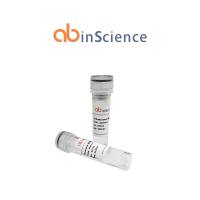AAV-Mediated Gene Therapy to the Isolated Limb in Rhesus Macaques
互联网
445
The development of a nonhuman primate (NHP) model for vascular delivery of therapeutic transgenes with adeno-associated viral (AAV) vectors is crucial for successfully treating muscular dystrophies. Current animal models for Duchenne muscular dystrophy (DMD) gene therapy have species limitations related to assessing function, immune response, and distribution of the micro- and minidystrophin transgenes in a clinically relevant manner. In addition, there are many forms of muscular dystrophy for which there are no available disease models. NHPs provide the ideal model to optimize vector delivery across a vascular barrier and provide accurate dose estimates for local or broadly targeted gene therapy studies. The vascular anatomy NHPs more clearly parallels humans providing an appropriate substrate for translational experiments. Here we outline the development of a rhesus macaque isolated focal limb perfusion (IFLP) protocol targeting the vascular bed of the gastrocnemius. This protocol serves as a model with broad implications for other muscle diseases along with the capability of targeting multiple muscle groups. To overcome the partial homogeneity between portions of the human microdystrophin transgene and those of the NHP dystrophin gene, we utilized a FLAG tag for tracking distribution of microdystrophin. We also provide methods for assessing transduction efficiency of microdystrophin.FLAG following the IFLP vascular delivery protocol.









